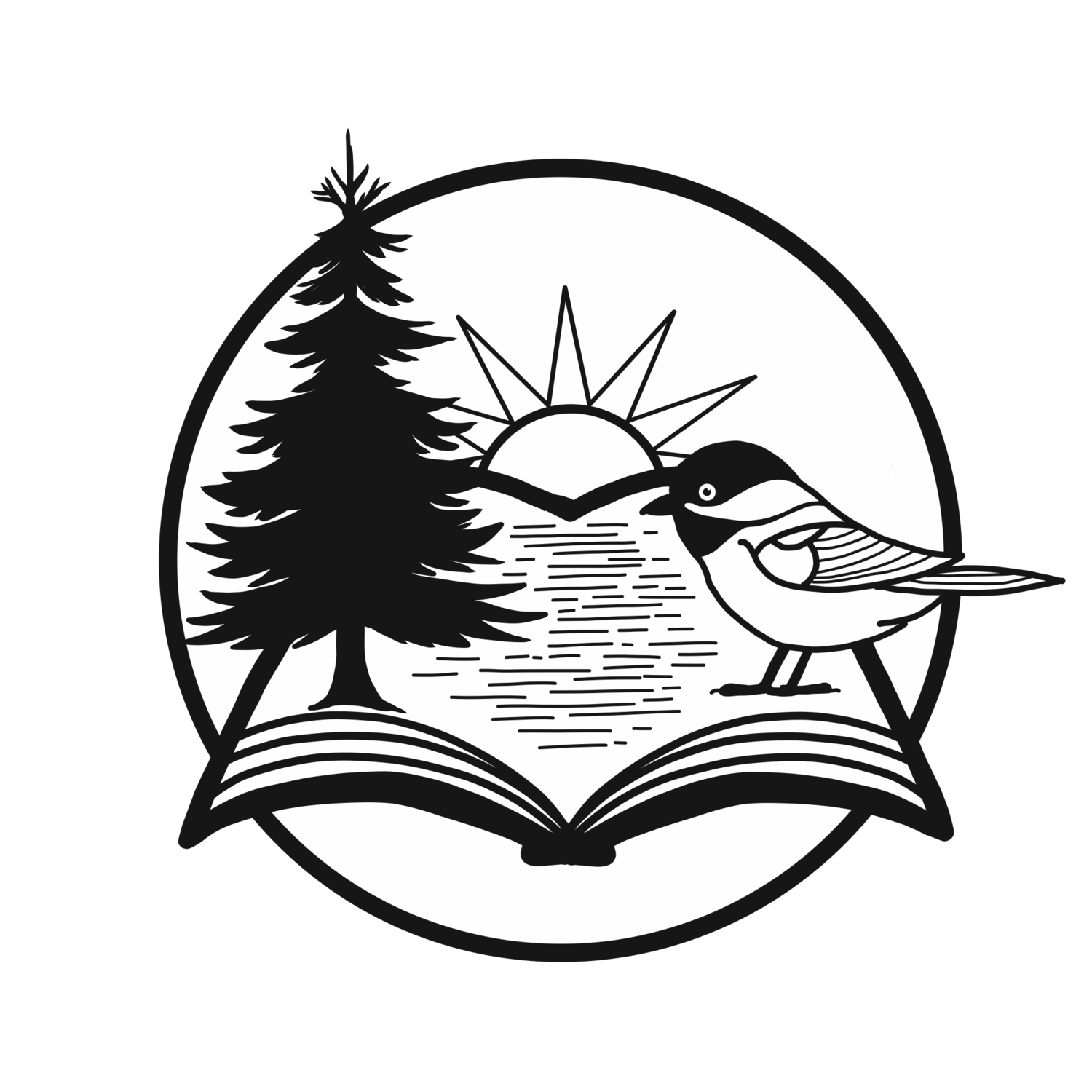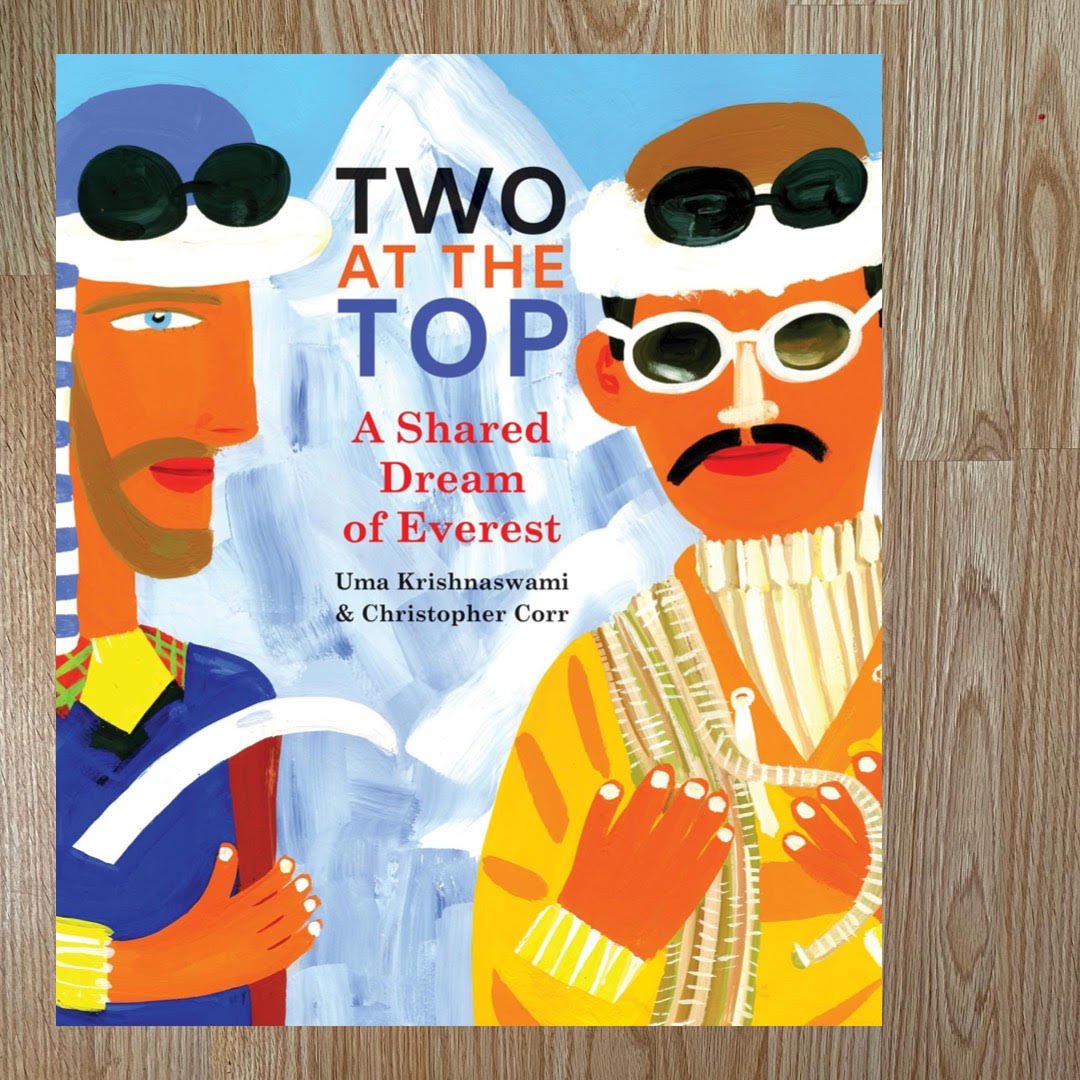By Megan Amato
It is a truth universally acknowledged that a simple girl in possession of a pair of eyes and ears must be in want of a Prince and the Pauper retelling. Ever since I watched Barbie as the Princess and the Pauper—at an embarrassing age—I’ve loved any piece of media featuring this trope (that includes The Princess Switch, Mary Kate and Ashley’s It Takes Two, Beethoven’s 4th, and The Parent Trap). Penned by real-life twins Sarena and Sasha Nanua, Sisters of the Snake is a brilliant addition to add to my collection of retellings and adaptions.
In an Indian-inspired world, sheltered Princess Rani is desperate to prove to her ruthless father that she has what it takes to rule. Orphan and street thief Ria’s only concern is stealing enough to survive. When Ria discovers her name on a conscription list, she and her best friend Amir plan to rob the castle of its jewels to pay their way out of the oppressive kingdom. When Ria is caught by the princess who shares her face, Rani promises to give her enough jewels to escape if she agrees to temporarily switch places. As Ria wrestles with acting like she’s been born royal and trying not to fall in love with the princess’s fiancé Saeed, Rani bears witness to the destructive nature of her father’s regime. When the existence of a dangerous mythic stone is discovered, Rani and Ria must look outside their own desires to find the bloodstone before the king, and save their kingdom.
The shining beacon of this novel is its characters. The protagonists are fleshed out with their own desires and goals that are realistic to their situations. I liked that despite being confronted with the reality of the world outside her privileged life, Rani’s views and goals shift slowly as they adapt to each new situation she’s faced with before her blinders are fully taken off. On the other hand, Ria has always known the struggle of existing in the kingdom outside of the elite. Now, as she temporarily lives the life stolen from her due to a cataclysmic prophecy, she undergoes the emotional turmoil and feelings of rejection that come with any adoptee/orphan discovering their birth family. Both undergo journeys of self-discovery that are precariously placed in the midst of saving their world—and I love it.
The romances are also very well done. Rani’s relationship with the sweet Saeed had been one of duty and disappointment, while Ria’s with Amir had been one of pure friendship, almost familial. While the chemistry between each pair is palpable through the page, the history of each relationship, along with the lies told to maintain their illusion, has to be overcome first. Saeed is my absolute favourite, and I’m looking forward to watching him becoming even more fleshed out and solid in the next book as he is given more agency out of the shadow of his mother.
The only real issue I had was that we didn’t see much interaction between the sisters because they were parted most of the book. Their relationship at the end felt slightly rushed, but I’m hoping that because this book mainly focused on their individual journeys, the next one will centre around their growing relationship.
The Nanua sisters have written an imaginative debut and a fun twist to one of my favourite tropes. I will be keeping both eyes peeled for the sequel that undoubtedly will have increased stakes for my favourite characters.





















